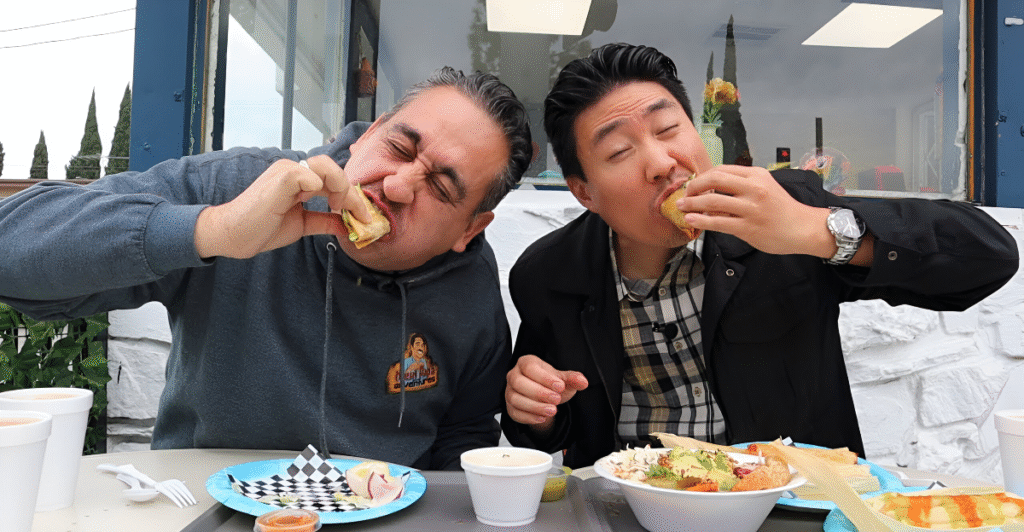
Known for its elevated approach to Tex-Mex favorites, Fernando’s Mexican Cuisine has been a staple in the Dallas dining scene for over twenty years. With locations in the Village or Preston Hollow and CityLine, the restaurant has earned a loyal following thanks to its signature nachos, fajitas, and margaritas.
Recently, news that the restaurant would be closing its doors sent shockwaves through the community. For years, families had gathered there to celebrate birthdays, milestones, and everyday moments. Fernando’s was a local favorite, and its closure marks the loss of a cherished gathering place and a significant chapter in Dallas’s culinary history.
The Announcement

On May 7, 2025, Fernando’s managing partner, Anne Cowden, broke the devastating news: both Dallas-area locations would close on May 18. Cowden’s statement was posted on the restaurant’s Instagram page, where she expressed deep sadness and gratitude toward loyal patrons.
“After twenty years of operations and five months of lease negotiations at our Dallas location, we were unable to reach a lease agreement with the landlord. With the Richardson lease also expiring soon, this is the appropriate time to close both restaurants,” she wrote. “It is difficult to adequately express the gratitude that we feel for every guest, every regular, every shared plate of nachos and every round of margaritas.”
A Wave of Support
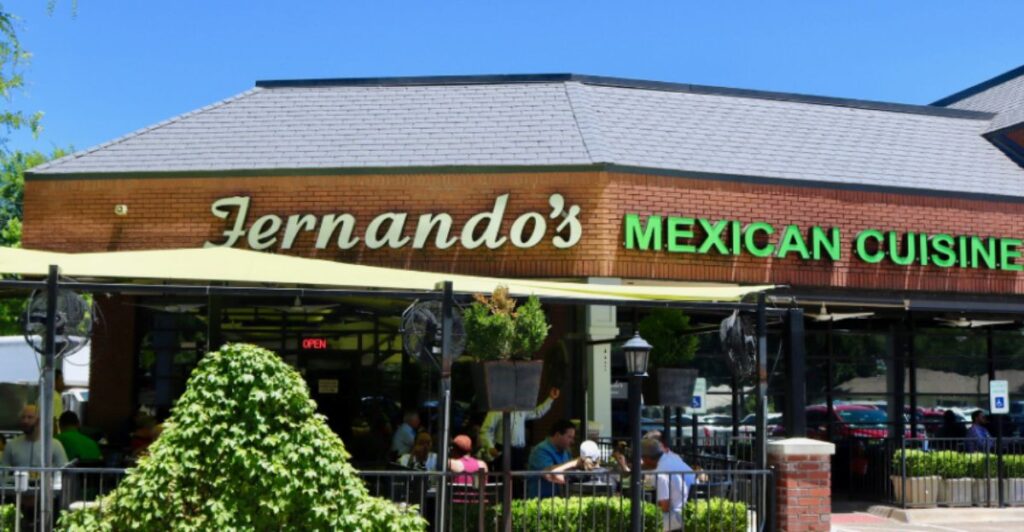
“We’ve watched children grow into adults, bringing their own families to create new memories within these walls. Our restaurants became a generational favorite, and that’s a legacy we will cherish forever. To our guests, thank you,” she wrote.
The announcement was instantly met with a wave of support and heartfelt disappointment from loyal customers. Many pleaded for the restaurant to reconsider, while one person wrote, “New location! We will follow!”
A Unique Approach to Tex-Mex
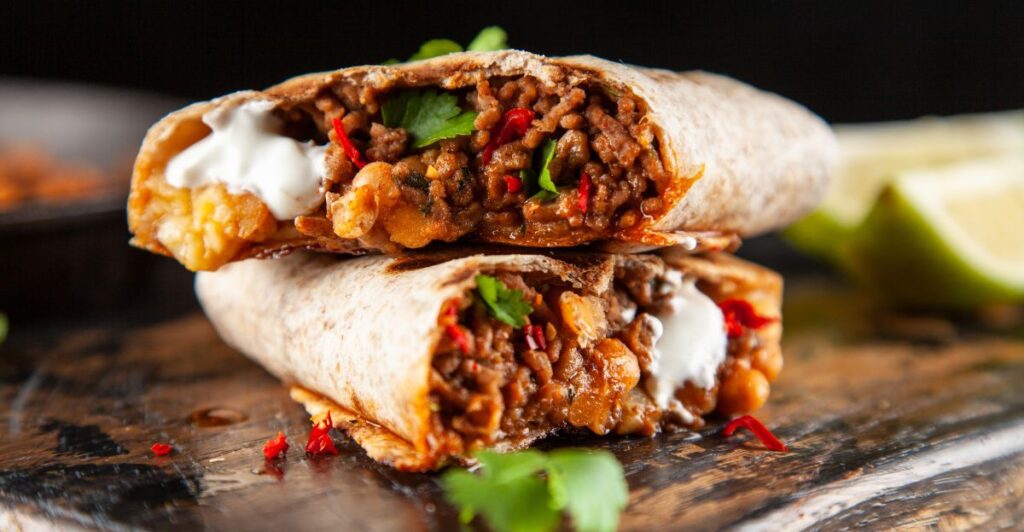
Fernando’s has set itself apart from other local restaurants with its sophisticated take on Tex-Mex cuisine, drawing inspiration from Mexico City and using high-quality ingredients to ensure that its food is always delicious and fresh.
Fernando’s menu includes elevated versions of Mexican classics like sizzling fajitas and inventive margaritas. It has been a favorite spot for food lovers seeking authenticity and sophistication. Over the years, the popular restaurant has become a benchmark for upscale Mexican dining in Texas, earning itself a devoted fan base of locals and out-of-town guests.
The Impact on the Community
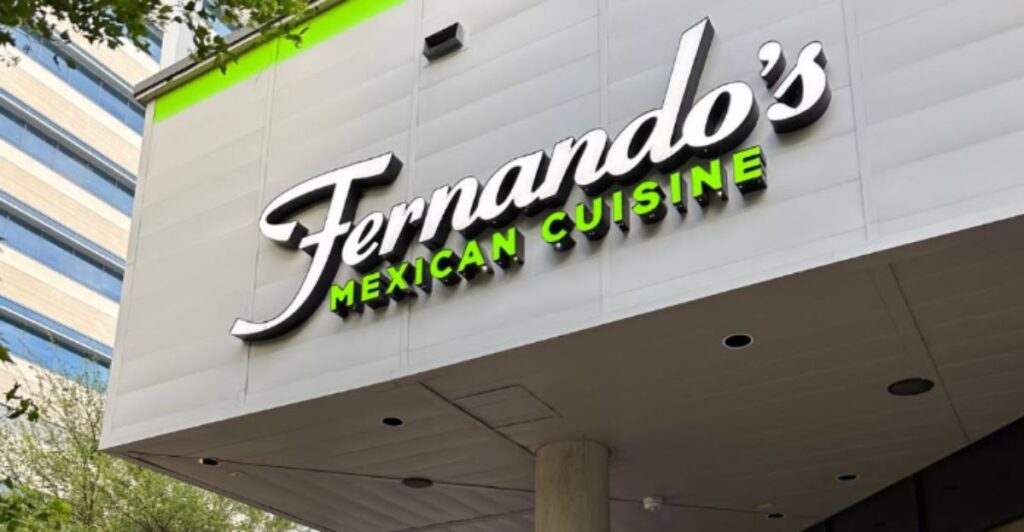
Fernando’s closure is a significant loss for the Latino community and the broader Dallas area. Over the years, it has turned into more than just a place to eat; it has become a cultural landmark and a cherished spot for celebrations, business meetings, and gatherings.
Many patrons have taken to social media to share their memories and express their gratitude for the restaurant. “I can’t tell you how heartbroken I am to see this. Fernando’s was one of the few authentic, genuinely good Mexican places in the area,” one person wrote. “We will dearly miss you. Please consider reopening somewhere else in Richardson or Murphy.”
Industry Challenges in 2025
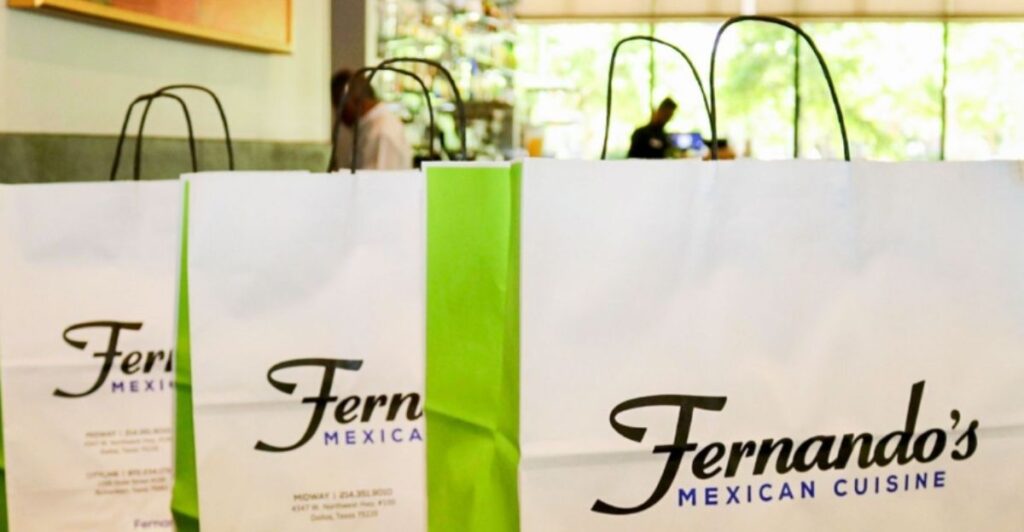
This closure comes during a difficult time for the restaurant industry. While there have been some recent job gains, the sector has still seen a significant net loss of thousands of positions since the start of 2025, reflecting ongoing economic pressures.
Many establishments are struggling with rising costs, shifting consumer habits, and the lingering effects of the pandemic. Fernando’s story is a reflection of the volatility and unpredictability that have come to characterize the industry in recent years.
No Bankruptcy, Just Hard Choices
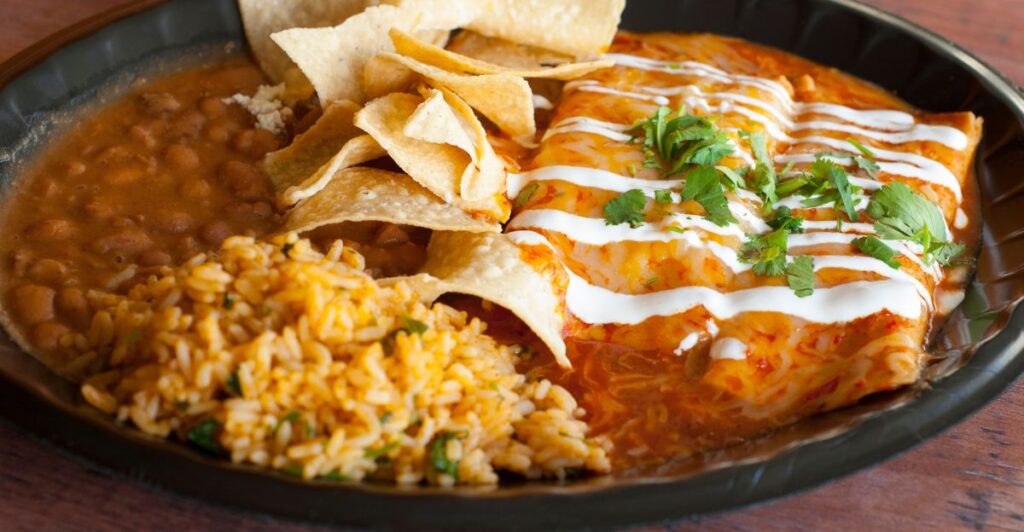
Unlike many of the recent high-profile restaurant closures, Fernando’s did not file for bankruptcy. The restaurant decided to close its doors because of lease issues and the inability to secure new terms with landlords.
This distinction is important because it shows that even successful and popular restaurants can be forced to shut their doors due to factors outside of their control, like real estate negotiations and market pressures.
Employee and Vendor Farewells
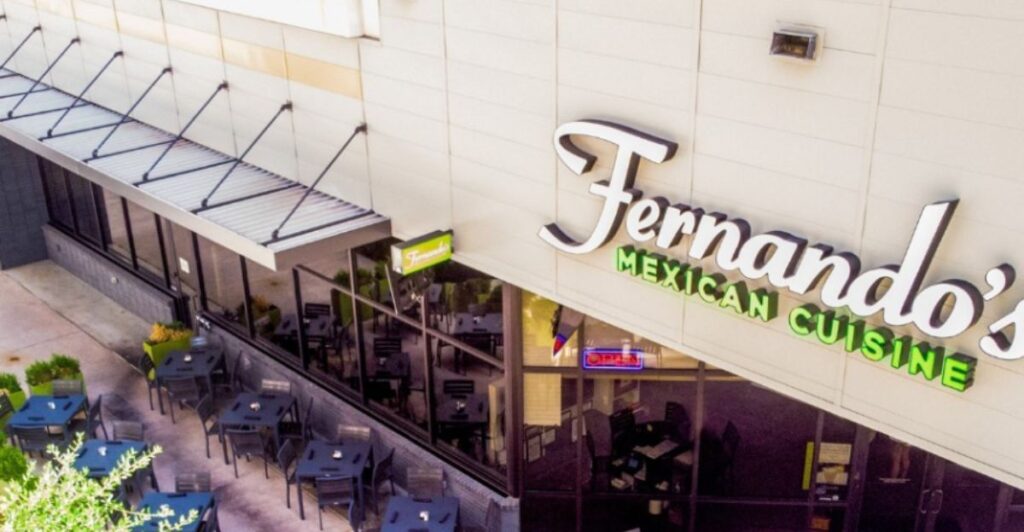
Fernando’s closure not only affects customers, but also the staff and suppliers who contributed to the restaurant’s success. Over the years, many employees have worked at the chain, forming bonds with regulars and each other. With the restaurants closing, they will have to find new job opportunities. Vendors are also losing a valued partner.
Management has expressed gratitude for the staff’s commitment and professionalism, recognizing that the restaurant’s legacy is built on its people’s hard work and passion.
The Final Days
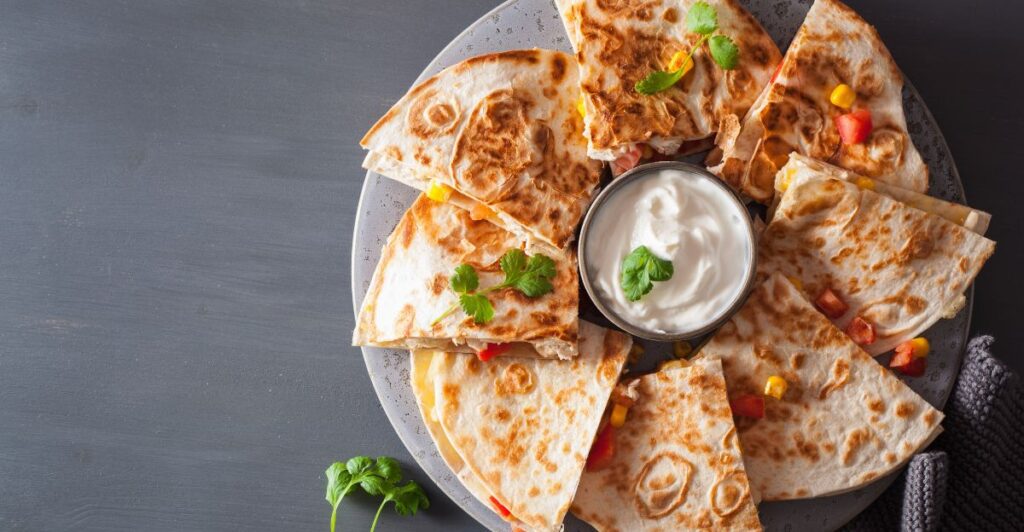
Fernando’s is serving its last meals on Sunday, May 18, 2025, and is urging its customers to “join us for one last Fernando’s meal and a margarita.” Until then, people are flocking to both locations to get a final taste of their favorite dishes.
The atmosphere is bittersweet as staff and customers reminisce about good times and say their heartfelt goodbyes. The final days are a celebration of everything Fernando’s represented: great food, warm hospitality, and a sense of belonging.
A Lasting Legacy
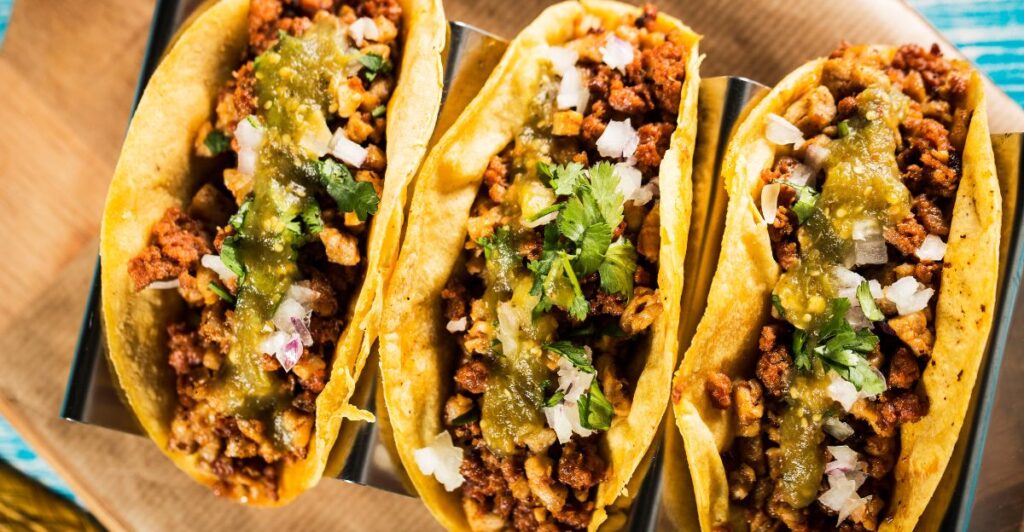
Although Fernando’s Mexican Cuisine is closing its doors, its legacy will live on in the hearts of those it touched. Its impact on Dallas’s culinary scene, its role as a community gathering place, and its unwavering dedication to quality will be remembered for years to come.
While the restaurant has not shared any plans to reopen elsewhere, customers are waiting and hoping for some good news, with one writing, “I can’t believe this. Best margs, salsa, food around. Please come to northwest Arkansas. Cheaper lease but you can charge the same amount. [I don’t care] if you raise prices by 10%.”
Obstacles
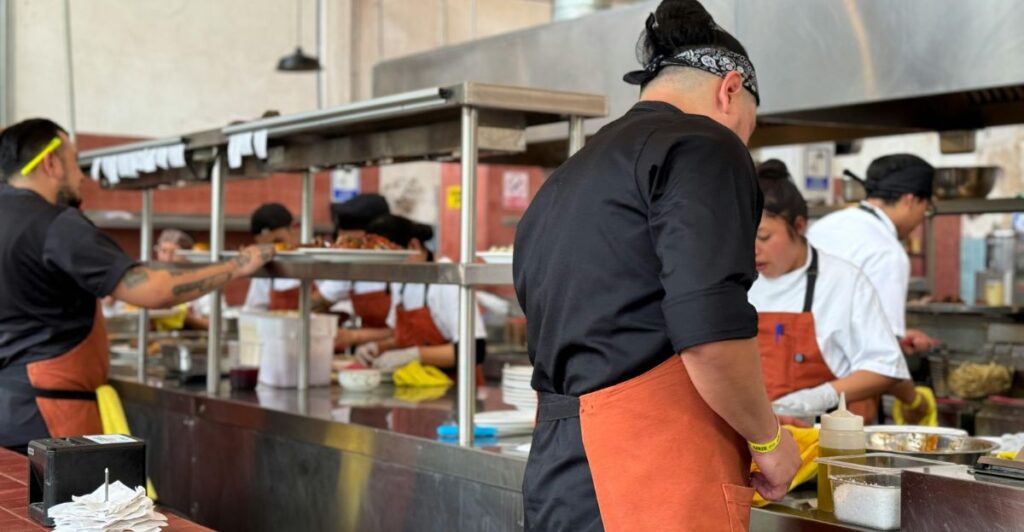
While Fernando’s closure reflects the heartbreak felt by loyal patrons and staff, it also points to a broader trend affecting restaurants across America. Today, the industry faces all kinds of obstacles. To better understand why so many establishments are closing their doors, let’s take a look at some key factors driving the current crisis in the restaurant industry.
Rising Food Costs

In recent years, restaurants have been battling relentless food cost increases. Since 2020, ingredient prices have jumped by almost 29% because of inflation, tariffs, and supply chain disruptions. Operations are forced to either absorb these costs or raise their prices, often resulting in customer backlash. Even minor changes in staple prices can erode already slim profit margins, making it increasingly difficult for restaurants to survive.
Labor Shortages

Hiring and keeping staff is one of the biggest challenges in the restaurant industry. Many workers left the restaurant industry during the pandemic and have not returned, and younger generations are looking for jobs with more flexibility and better pay. Because of this, restaurants have reported hard-to-fill openings, forcing owners to increase wages and benefits, further shrinking their profits.
Lease and Real Estate Pressures
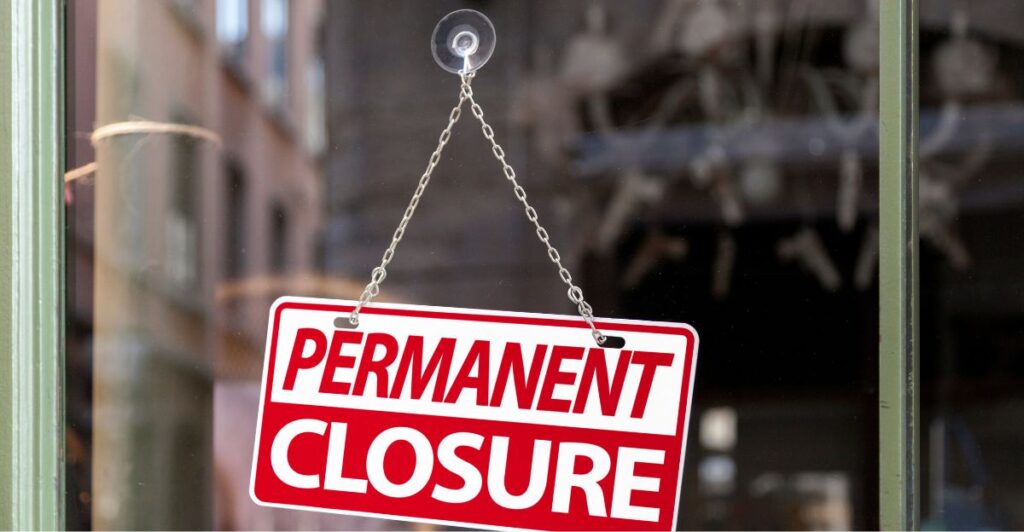
Since the COVID-19 pandemic, commercial real estate volatility has also intensified. Restaurants often face unpredictable rent hikes and tough lease negotiations, especially in prime locations. Even successful establishments, like Fernando’s, have closed their doors because of unresolved lease terms. This just shows how external factors beyond daily operations can force closures.
Shifting Consumer Habits

Nowadays, consumers also dine out less because of economic pressures. A 2025 report by Tillster revealed that 45% of diners are visiting restaurants less often because of rising prices. People now focus on value, opting for bundled deals, loyalty perks, or eating at home. This change has forced restaurants to rethink their offerings and prices to attract increasingly budget-conscious diners.
Supply Chain Disruptions
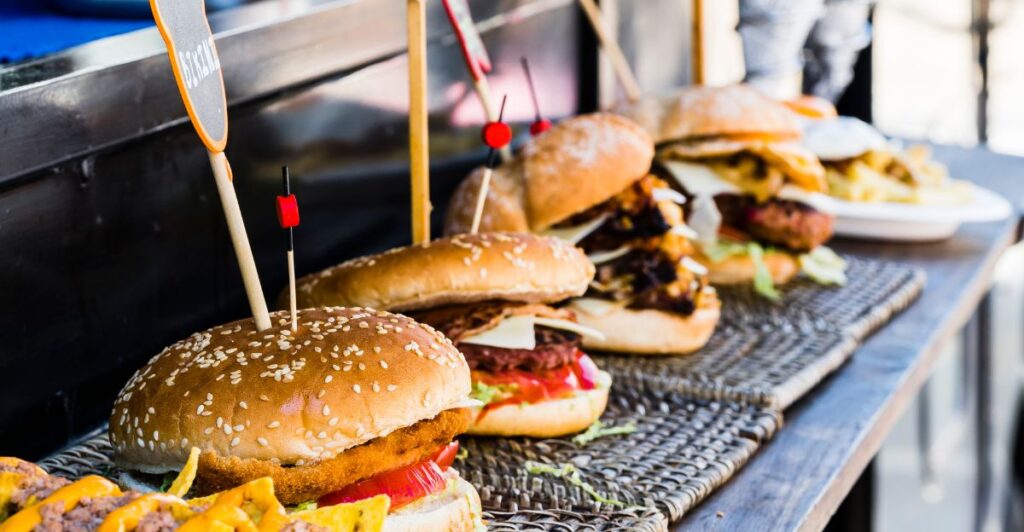
Resourcing ingredients has also become difficult and unpredictable because of global conflicts, extreme weather, and trade restrictions. Delays and shortages of certain items can disrupt menus and drive up costs, while unreliable suppliers can lead to missed sales and unhappy customers. Restaurants are constantly being forced to adapt, often at a significant operational cost.
Technology and Adaptation
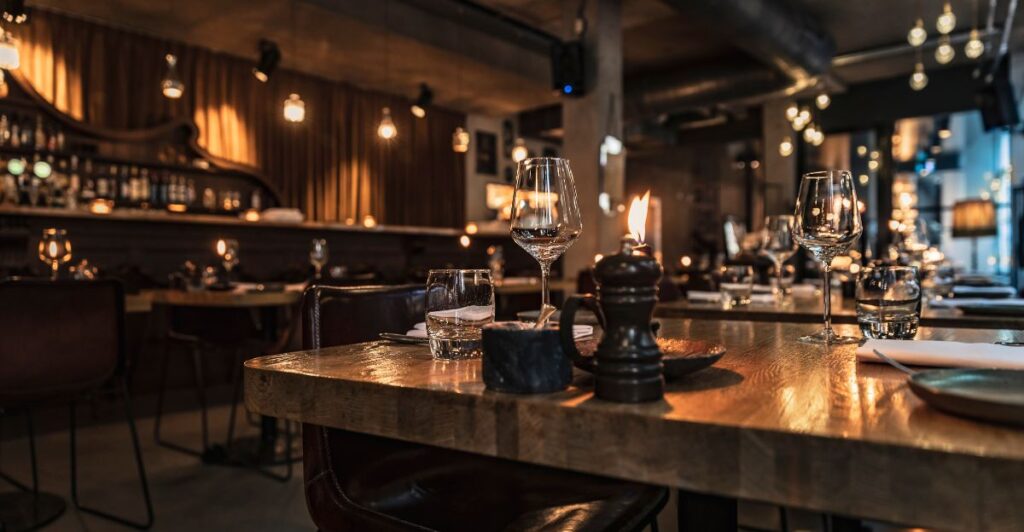
Many restaurants are now investing in technology to survive. They are using AI for their pricing, inventory management, and self-service kiosks. These tools have helped restaurants streamline their operations and control costs, but they require upfront investment and ongoing adaptation to work. Nowadays, technology is very important to help restaurants remain competitive and meet changing customer expectations.
Changing Dining Trends

Changing consumer preferences, like a focus on health and wellness, interest in locally sourced ingredients, and a growing demand for plant-based and low-alcohol options, are driving major changes in restaurant menus. To stay relevant, restaurants need to adapt quickly. Meanwhile, the popularity of takeout, delivery, and ghost kitchens is transforming traditional business models.
Debt and Financial Strain

During the COVID-19 pandemic, many restaurants took on significant debt to survive, and they are still struggling to pay it off. Now, with rising costs and unstable revenue, repaying that debt has become a major burden. For many restaurants, it is a tipping point that leads to closure or bankruptcy, especially as lenders grow wary of continued industry volatility.
The Path Forward
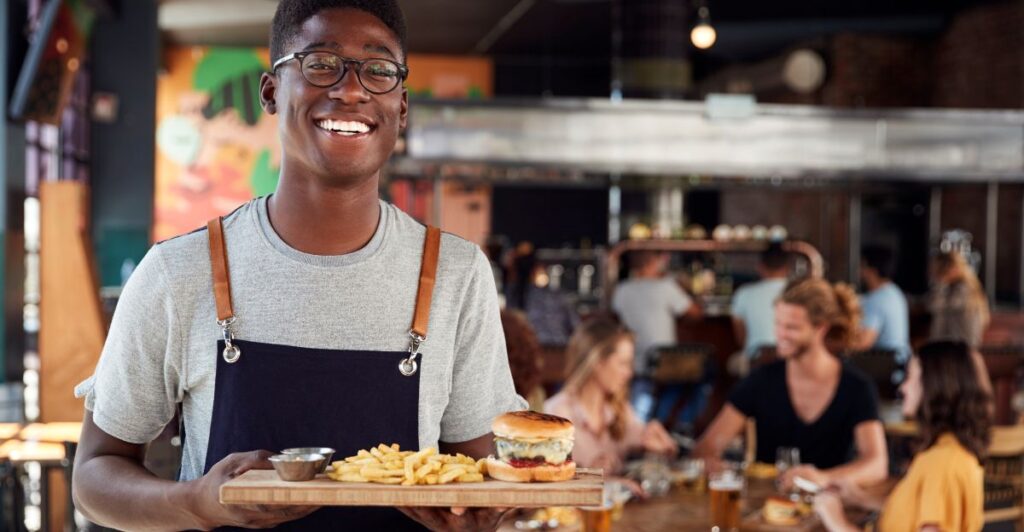
Despite all of the challenges listed above, the restaurant industry remains resilient. Many operators are prioritizing innovation, streamlining operations, and strengthening customer connections. Success now depends on adaptability. The industry has undergone significant changes, and only the most flexible and forward-thinking businesses are likely to thrive.
